1. Introduction
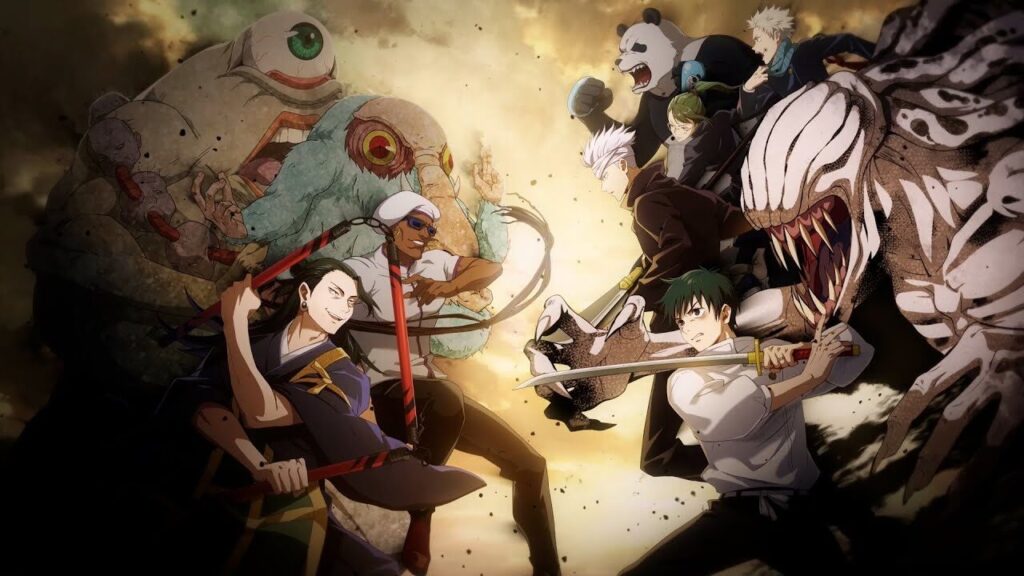
Overview of Both Series and Their Popularity
Demon Slayer and Jujutsu Kaisen are beloved anime series, not only in Japan but worldwide.
Demon Slayer is set in Japan during the Taisho era and follows the story of Tanjiro, whose family is killed by demons.
Determined to avenge them, he joins the Demon Slayer Corps while searching for a way to turn his demon sister, Nezuko, back into a human.
Jujutsu Kaisen takes place in modern-day Japan, where protagonist Yuji Itadori becomes entangled in a world of curses after consuming a cursed object, “Sukuna’s Finger,” forcing him to confront curses as a Jujutsu Sorcerer.
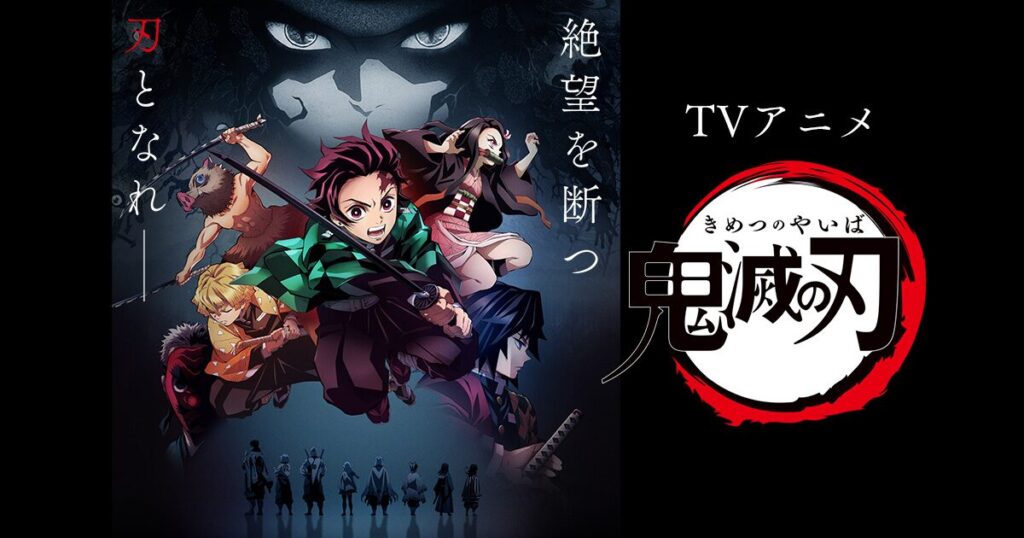
Focusing on the Shared Theme of “Curses”
Both series center on the theme of “curses,” but each approaches it in distinct ways.
Demon Slayer uses demons as a metaphor for curses, weaving a story about vengeance, familial bonds, and resilience.
Meanwhile, Jujutsu Kaisen reflects societal ills and human negative emotions as the root of curses, exploring how this darkness manifests as cursed spirits.
This article delves into how each series uniquely portrays the concept of “curses” and the different messages they convey through it.
2. Definition and Role of “Curses”
Demon Slayer‘s Concept of “Curses”

- Curses Manifested Through Demons
In Demon Slayer, demons are the embodiment of curses. These beings prey on humans, driven by insatiable desires and a longing for longevity, yet they lose their humanity in the process, committing horrific acts without remorse. Demons often carry their own sorrow and anger as a “curse,” struggling with the bitterness of their former lives. The Upper and Lower Moons, for instance, each have tragic pasts and motivations rooted in revenge and resentment, which fuel their cursed existence. - The Role and Mission of Demon Slayers
Demon Slayers, including Tanjiro, exist to combat this curse and protect humanity. Armed with Nichirin swords and specialized breathing techniques, they hold a duty to eliminate demons. This mission is deeply personal for many members of the Demon Slayer Corps, as they are often driven by a profound sense of loss and dedication to those they have lost to demons. For Tanjiro, his fight is spurred by the need to avenge his family and protect others from the same fate. - Human Drama and the Element of Revenge in the Cursed Realm
Demon Slayer explores curses by portraying the complex human emotions involved in the battle against demons. While Tanjiro carries a strong sense of vengeance, he also seeks to understand the pain and suffering of the demons he encounters. This tension between revenge and empathy deepens the story, as it reveals the complexities of human nature within the context of curses and the struggle for resolution.
Jujutsu Kaisen‘s Concept of “Curses”

- Cursed Spirits and Their Impact on Daily Life
In Jujutsu Kaisen, curses are represented through cursed spirits and cursed energy, created from human negative emotions such as fear, hatred, and resentment. These curses threaten everyday life, lurking as dangerous forces born from society’s suppressed negativity. By grounding curses in human emotion, Jujutsu Kaisen adds realism and urgency, portraying curses as an ever-present threat within modern society. - The Role of Jujutsu Sorcerers and Their Mission
Jujutsu Sorcerers are responsible for eliminating curses and protecting people from harm, wielding special abilities like cursed energy manipulation and unique techniques. Their motivation goes beyond duty; it often stems from personal beliefs and experiences, adding depth to each character’s approach to curses. This unique sense of mission and the sorcerers’ personal stakes lend complexity to the story. - Cursed Power and the Risk Embedded in Negative Emotions
Because cursed energy originates from negative emotions, Jujutsu Sorcerers constantly face the risk of being consumed by the very power they wield. Though cursed energy is immensely powerful, it carries the inherent danger of dependency on harmful emotions. This duality of power and risk underscores the darker side of human emotions, which the sorcerers must confront and navigate.
3. The Impact of “Curses” on Characters
Characters in Demon Slayer

- The Inner Struggle Between Demons and Humans in Tanjiro, Nezuko, and the Pillars
Tanjiro’s journey embodies a struggle between his desire for vengeance and his deep empathy for demons, especially given his sister Nezuko’s transformation. The Hashira (Pillars) of the Demon Slayer Corps also bring profound losses and trauma into their mission, channeling their sorrow into the strength to face demons. The emotional conflict between revenge and compassion shapes their development, showing how the curse of demons drives their resilience.
Characters in Jujutsu Kaisen
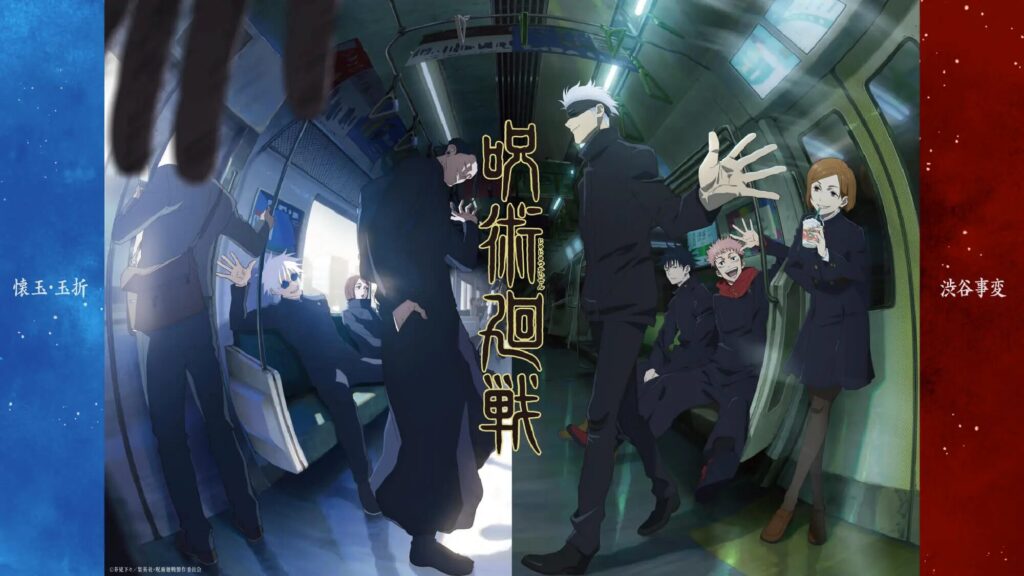
- Yuji, Gojo, and Their Relationship with Cursed Power
Yuji’s introduction to cursed energy forces him into a realm where he must confront curses, growing through his battles and relationships with both allies and enemies. Gojo, the strongest Jujutsu Sorcerer, wields immense cursed power with a strong sense of humanity, balancing his strength with a desire to protect others. The cursed energy that surrounds them serves as a constant reminder of human struggles, even as it propels their growth.
4. The Role and Symbolism of “Curses” in the Stories
Family Bonds and Vengeance in Demon Slayer
In Demon Slayer, curses in the form of demons reinforce bonds between family and friends.
The fight against demons not only strengthens these ties but also provides a source of motivation for vengeance, symbolizing the human spirit’s resilience.
The cursed existence of demons reflects on Tanjiro and his peers, representing both the pain of loss and the hope for release and redemption.
Social Critique and Negative Energy in Jujutsu Kaisen
In Jujutsu Kaisen, curses embody societal issues and human failings.
By grounding curses in humanity’s negative energy, the series conveys how unresolved issues such as discrimination, violence, and inequality manifest as physical threats.
Jujutsu Sorcerers face these metaphoric and literal curses, highlighting societal darkness while prompting introspection on one’s own values and beliefs.
5. Comparative Analysis of the Concept of “Curses”
Shared Elements
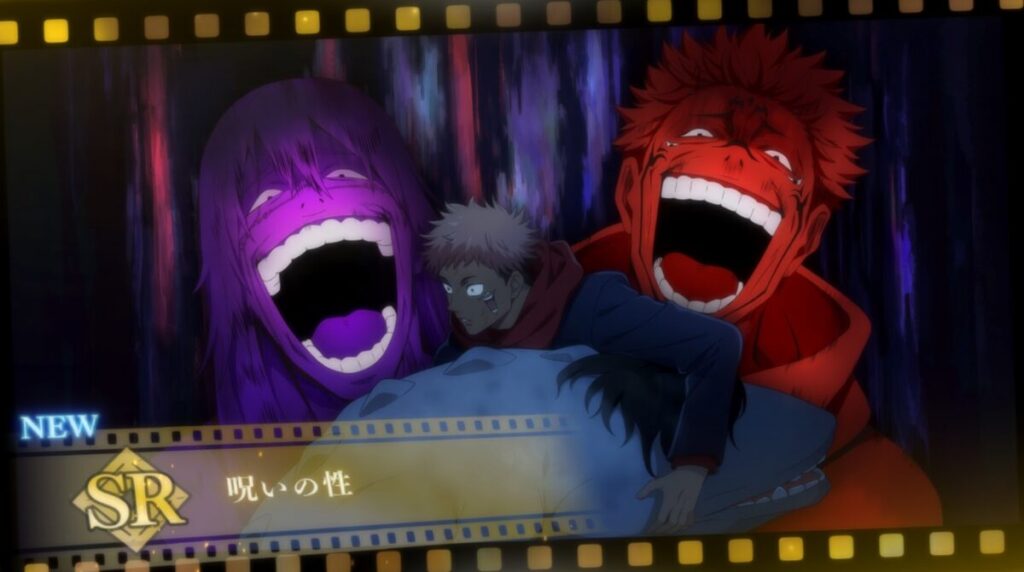
- The Origin of Curses in Human Emotion
Both series depict curses as deriving from the dark side of human nature, tapping into emotions like hatred, fear, and suffering. - Special Abilities and Combat
In each series, characters employ unique abilities—Nichirin swords and Breathing Styles in Demon Slayer, cursed energy and techniques in Jujutsu Kaisen—to fight against curses. - The Significance of Curses in the World’s Lore
In both narratives, curses are central to the story’s universe, serving as a foundation for exploring complex human emotions and questions of purpose.
Differences
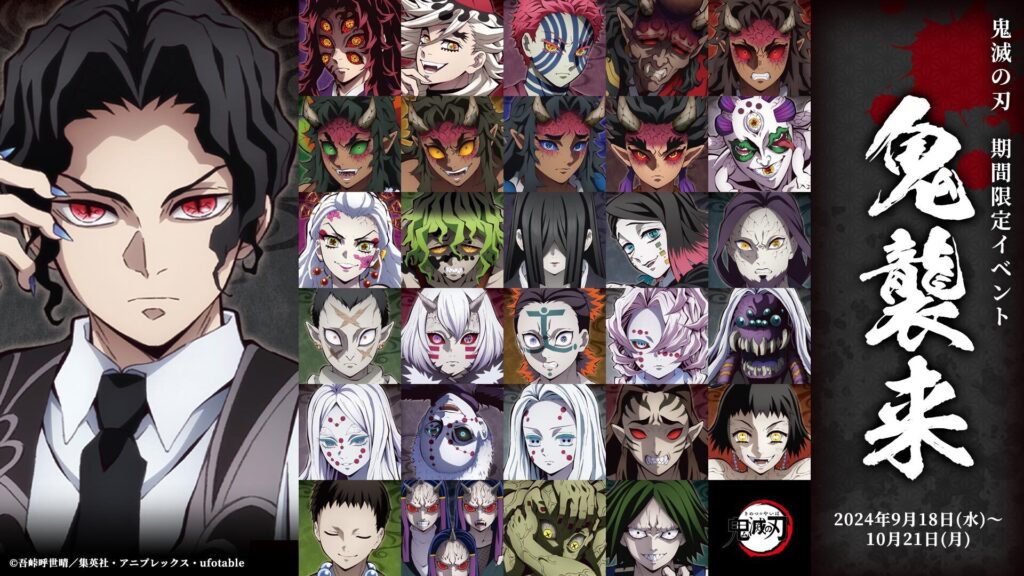
- The Origins of Demons vs. Cursed Spirits
In Demon Slayer, demons are created through the actions of Muzan, representing an unnatural distortion. In contrast, Jujutsu Kaisen’s curses emerge naturally from society’s unaddressed negativity, reflecting the world’s collective unconscious. - Contrasting Methods of Combat
While Demon Slayers rely on swords and disciplined breathing, Jujutsu Sorcerers use cursed energy and techniques, rooted in the mystical art of curse manipulation. - Different Connections to Themes
Demon Slayer emphasizes themes of familial love and vengeance, while Jujutsu Kaisen explores the consequences of modern societal issues and the internal battles people face in a complex world.
6. Themes Portrayed Through “Curses”
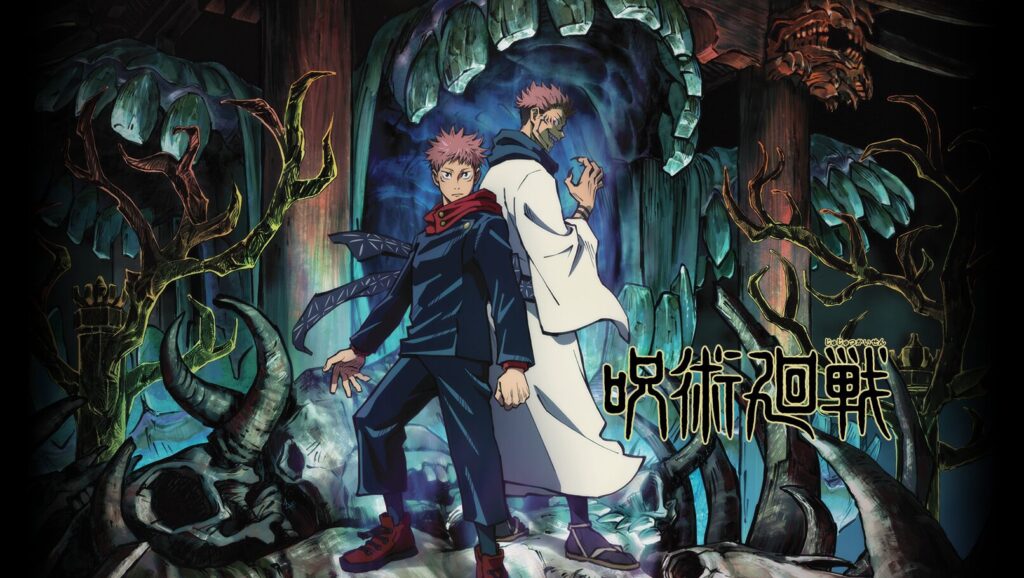
- Darkness, Growth, and Overcoming Inner Struggles
Both series depict curses as obstacles for characters to overcome, reflecting inner growth and the resilience to face one’s darker self. In Demon Slayer, Tanjiro learns to transcend revenge by understanding the demons’ sorrow, while Yuji in Jujutsu Kaisen navigates the path of justice without losing his humanity. - Societal Contradictions, Inequality, and Social Issues
Jujutsu Kaisen uses curses to critique societal structures, portraying inequalities and social issues as lurking curses that demand confrontation. Jujutsu Sorcerers represent a counterbalance to this darkness, facing society’s failings. - The Duality of Good and Evil, and the Burden of Fate
In both series, curses reveal the stark division between good and evil. Demon Slayer portrays this through the eternal clash between demons and Demon Slayers, while Jujutsu Kaisen portrays it in the form of cursed spirits against Jujutsu Sorcerers, challenging characters to confront and redefine their purpose.
7. Conclusion
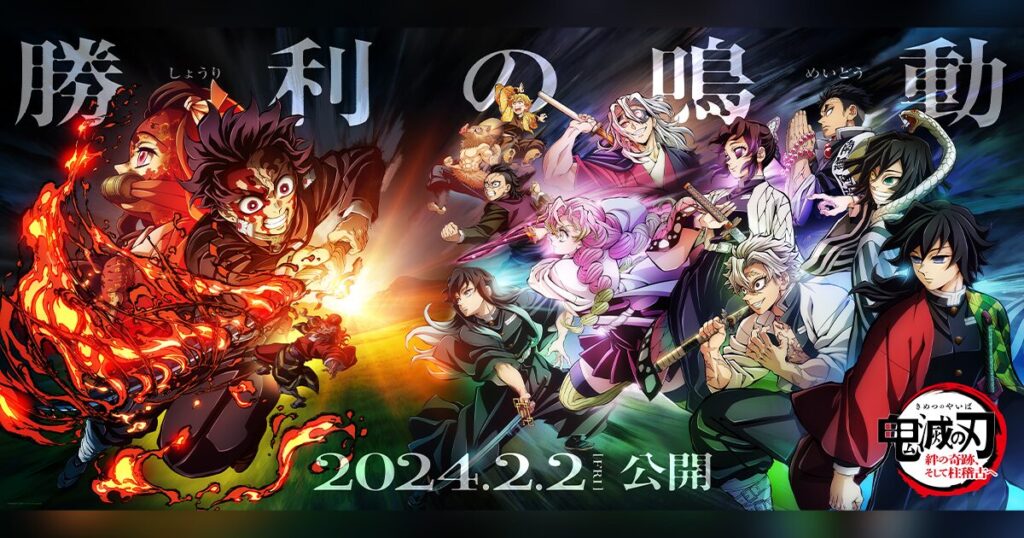
Summing Up the Distinct Interpretations of Curses
While both series address curses, they approach the topic in unique ways that explore human depth and social themes.
Demon Slayer focuses on love, revenge, and the tragic essence of curses, creating a moving story of hope amid sorrow.
Jujutsu Kaisen, meanwhile, reflects societal flaws and human vulnerability through curses, compelling characters to face the complexities of a chaotic world.
Rediscovering the Appeal of Each Series
For fans of both series, understanding thesedistinct approaches to “curses” offers a fresh perspective on each story’s underlying themes.
Demon Slayer captivates with its traditional Japanese aesthetics and the emotional journey of overcoming tragedy through bonds of family and comradeship.
Jujutsu Kaisen, on the other hand, resonates with a more modern and realistic touch, challenging characters to confront societal darkness while seeking their own path amid overwhelming odds.
Both series, through their portrayals of “curses,” highlight profound themes of growth, empathy, and resilience, encouraging viewers to delve deeper into the complex world each story creates.






コメント